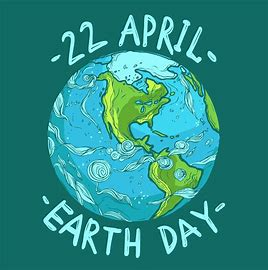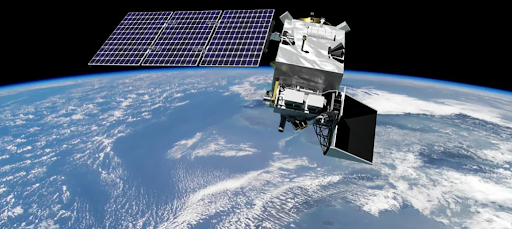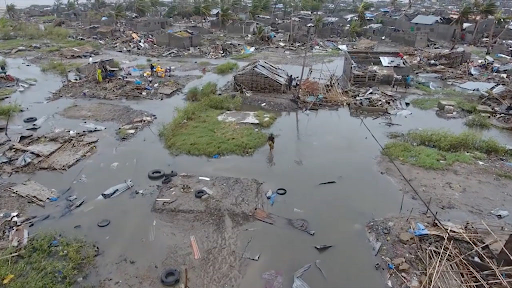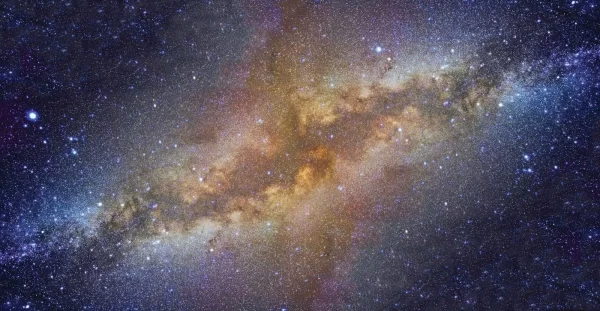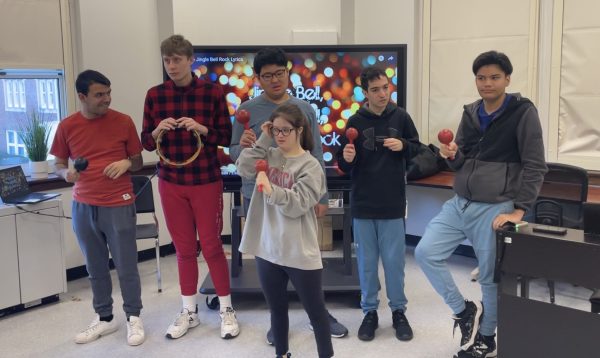India’s Critical COVID-19 Situation, and the Race to Vaccinate 1.36 Billion Citizens

While the United States has begun to relax safety guidelines as summer approaches, 8,000 miles away, India is spiraling deeper into a COVID-19 crisis and is seeing escalating figures in terms of cases, deaths, and needed supplies. Rickshaws are being converted to ambulances. Market grounds and fields are being turned into makeshift crematoriums. People are dying on the steps of hospitals because they are too weak to get through the doors. Filling one tank of oxygen takes two hours; two hours too long for a COVID-positive patient. According to the Washington Post, India has recorded more than 21.4 million cases of the virus and at least 234,000 deaths as of May 7, although it is certain the numbers are higher as many citizens are not getting tested and deaths are going unreported. There is a clear lack of necessary resources and money in India, as crucial shipments of oxygen, vaccine materials, and medicines are delayed at airports, further crippling the country’s already-faltering healthcare system. Not only does the crisis reveal problems in India’s economy and health system, but it also reveals the country’s deeply-rooted political problems. On April 30, India’s opposition leader, Rahul Gandhi demanded that the government vaccinate the entire population as soon as possible and that Prime Minister Narendra Modi declared “premature victory as the virus was exponentially spreading.” Vaccinating the entire Indian population, approximately 1.36 billion people, would be an extraordinary feat. But is this truly practical?
The dire situation in India is representative of the fact that COVID-19 is not behind us yet, and is far from controlled. As we now know, vaccinating against the virus is our best chance at containing the spread and returning to normalcy (Schedule a COVID-19 vaccine appointment in New York: https://am-i-eligible.covid19vaccine.health.ny.gov). In communication with Sandra Lindsay, an intensive care nurse who became the first person to receive the COVID-19 vaccine in the United States, she eloquently stated four As of vaccine hesitancy and skepticism: “We must begin to A-acknowledge the fears as deeply rooted in evidence like the science behind the vaccine, A- accept the fears as real, A – apologize for the harm, and A- alleviate fears and harm moving forward by doing what is right and just.” There is a need to spread vaccine awareness and make it known to everyone that has access to vaccines; that vaccination is the next step in winning the battle against COVID-19, as every country in the world seeks to move past this dark and perilous time.
As for India, the end of the current situation is unknown, but hopefully, it is near. In New Delhi, India’s Capital, and other cities around the country, hospitals have run out of the precious oxygen that is so vital to COVID-19 patients. Oxygen has become so scarce and those who are lucky enough to find some have had to pay a hefty price, as the pandemic has boosted black market sales of oxygen, medicine, and other necessary supplies. At one hospital in New Delhi, it took more than one hour for oxygen to arrive at a hospital that had run out of it, and in that one hour, more than eight patients and doctors died. At another hospital, 26 patients died within one hour due to oxygen shortages. What is even more saddening is that families have not been able to receive closure with the losses of family members, as crematoriums have become overwhelmed with the national death toll exponentially increasing, and funeral rites cannot be performed.
At the beginning of May, India announced that it would make vaccination available to all adults over the age of 18. While this announcement is a step in the right direction, several parts of India have not been supplied with sufficient doses to provide for citizens. There is also a shortage of supplies to make more vaccines and a lack of personal protective equipment to administer the country’s doses. The goal of many countries right now, including the United States, is to provide aid to India and lower the number of cases to deliver necessary supplies that will curb the spread of such an inimical disease.
Photo credit: https://www.nytimes.com/2021/04/21/briefing/india-covid-climate-russia.html


